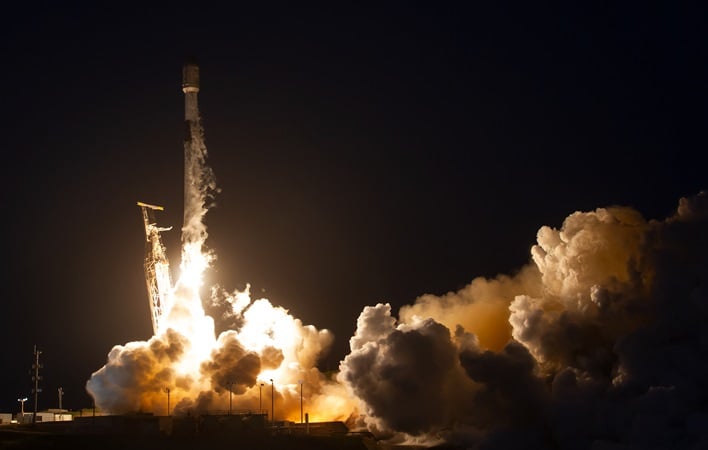Sources familiar with the project say SpaceX entered into a classified contract with a US intelligence agency to build a network of spy satellites. The new venture is believed to fall under a $1.8 billion contract signed with the National Reconnaissance Office (NRO), an intelligence agency that oversees the operation of spy satellites, in 2021.
Elon Musk’s SpaceX is well known for its satellite capability, with many learning of Starlink satellite service when Musk agreed to deliver Starlink terminals to Ukraine at the outset of the country’s conflict with Russia. Starlink satellite service has been crucial for Ukraine ground forces during the war, giving them the ability to stay in contact with one another after all other forms of communication have been disabled. It seems US intelligence and military services also wanted to take advantage of SpaceX’s expertise in satellite service, for the purpose of spotting potential targets nearly anywhere around the world.
The spy network of satellites is said to fall under SpaceX’s Starshield unit, which is also responsible for its Starlink service. It is reported to comprise “hundreds of satellites bearing Earth-imaging capabilities that can operate as a swarm in low orbits.”

While SpaceX and the Pentagon have yet to respond to requests for comments about the spy venture, a spokesperson with NRO remarked, “The National Reconnaissance Office is developing the most capable, diverse, and resilient space-based intelligence, surveillance, and reconnaissance system the world has ever seen.”
Reuter sources commented the satellites can track targets on the ground, and then share that information with US intelligence and military officials in a quick and efficient manner. The sources added nearly a dozen prototypes have already launched since 2020, among the many Starlink satellites the space company has launched into low-Earth orbit using its Falcon 9 rockets.
Information from inside sources also indicates the contract with SpaceX will largely expand the US government’s remote sensing capabilities, consist of large satellites with imaging sensors, and also provide a greater number of relay satellites that pass the imaging data and other communications across the network. The sensors are reported to be provided by another unnamed company.
Perhaps lending an ominous tone to the whole spy satellite project, one source explained, “No one can hide.”